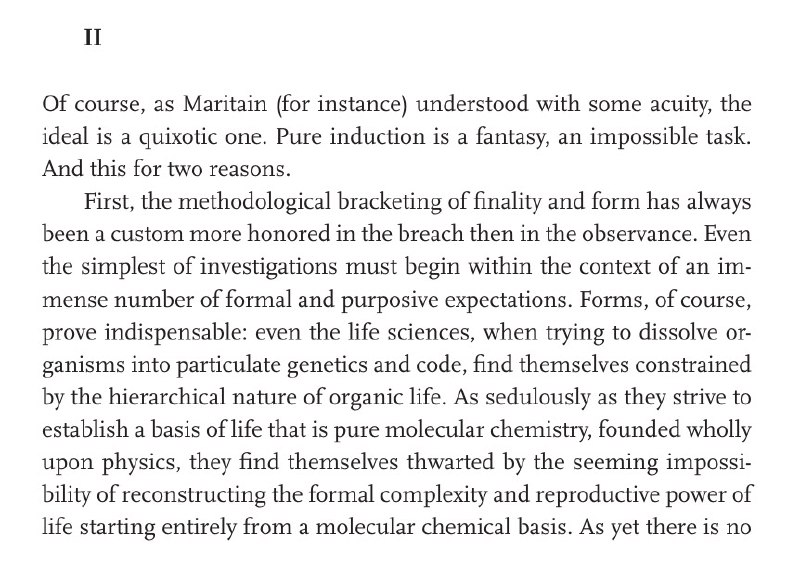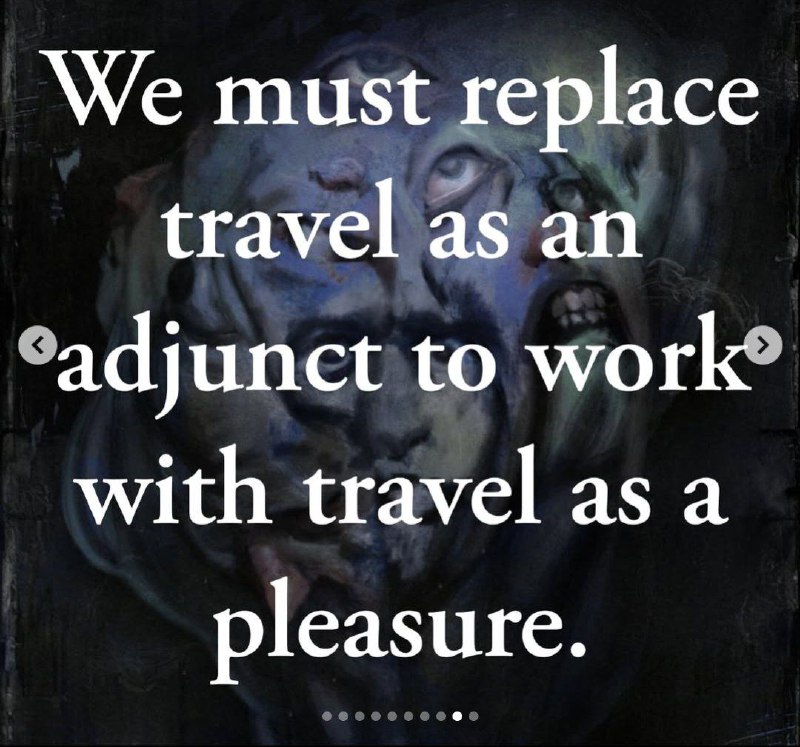non-ergodicity
dm @nonergodicjosie if u want to join group chat
Community chat: https://t.me/hamster_kombat_chat_2
Website: https://hamster.network
Twitter: x.com/hamster_kombat
YouTube: https://www.youtube.com/@HamsterKombat_Official
Bot: https://t.me/hamster_kombat_bot
Last updated 9 months ago
Your easy, fun crypto trading app for buying and trading any crypto on the market.
📱 App: @Blum
🤖 Trading Bot: @BlumCryptoTradingBot
🆘 Help: @BlumSupport
💬 Chat: @BlumCrypto_Chat
Last updated 1 year, 2 months ago
Turn your endless taps into a financial tool.
Join @tapswap_bot
Collaboration - @taping_Guru
Last updated 9 months, 2 weeks ago


David B Hart, Should Science Think?, from Theological Territories


Durkheim, Elementary Forms of Religious Life
A World Beyond Physics: The Emergence and Evolution of Life
The British cabinet is the progenitor of Israel, as well as America's progenitor. On one hand, American land is a land of extremes and contradictions that rebelled first against the crown and then there were many noble sacrifices made by revolutionaries made…
Ultimately, statements like "there is not an America," "there is not an India," or "there is not an England" (t. Sam Kriss "30,000 Years of Hurt") are firey and do serve a purpose, and make a point, but in reality, the idea of a place is self-fulfilling, once it is made it is not so easily unmade. The truth is: if we want to see the world turn red, if we want to see the world made into something worth living in, without borders, the whole world, we must not fall into the age-old reactionary trap of saying to ourselves, "these places are fake" as much as the pretenses on which they were created were indeed pulled from thin air and erroneous to start with. They are no longer fake; what are we to do about it?
We may either make them worth living in, or we may destroy everything and everyone. The latter answer is actually the answer of the current billionaire class. I do not concur. We will not capitulate to that, this tendency towards further isolation, acceleration of "safe spaces" and cloisters, ultimately leaving everyone who cannot afford the best safe rooms to fend for themselves in the wastes like as if it's Mad Max. The only cloister we will abide by is the one which exists to protect an instance of the effort to open the world up and reverse this tendency.
Ultimately, neither the land nor its people should be divided or disowned as a solution. We must call people to work together. "I didn't want your help anyway" is the death rattle of a movement. Among the children of Hindu men, there are those who wish they did not live this way, that there was a better way that is less bigoted and self-defeating and preacarious. Just as among the children of slavers, there are abolitionists. Among the children of colonizers, there are those who want friendship, coexistence, and to pay reparations. We do call on Americans to actually make this a place where there is justice for all. It began as a cheap slogan, like everything else that is fake and a mere cover for something else. It should not remain a cheap slogan. It should be true. Through our actions, investigations, and work, we could make it true.
The greatest Americans were patriots. We’re the country of Douglas, Truth, Whitman, Emerson, Ursula Le Guin, Muhammad Ali… We made radio and computers, landed on the Moon… we made San Francisco… an absolutely absurd topography on which to build a city. The seesawing roads… the byzantine knots of transmission lines, all of them presumably serving some function… everything miraculously sustained. Hiking the hills of San Francisco you cannot help but feel overwhelmed by a sense of collective unity, a longing for collaboration and peaceful coexistence. Even if this project is incomplete, even if it falls short of its stated ambitions, we cannot hide my admiration.
VI. Predictive Coding
-
A large body of experimental evidence has shown that, following training with temporal sequences of sensory stimuli, BOLD response is greater when a stimulus violates the temporal pattern established by prior training, than when a stimulus is consistent with that learned pattern.
-
A cortical region learns temporal models of its input and uses these models to continuously generate predictions based on its current input in the context of its prior inputs. Prediction errors are then used to update the learned models.
-
The predictive coding hypothesis accounts for the decreased activity due to predicted stimuli, as well as for simple repetition suppression and priming effects. With a hierarchical model of predictive coding, whereby each level of cortex generates top-down predictions which are compared with novel input at a lower level.
-
Only the difference between the two, the prediction error, is transmitted back up to the higher level.
Community chat: https://t.me/hamster_kombat_chat_2
Website: https://hamster.network
Twitter: x.com/hamster_kombat
YouTube: https://www.youtube.com/@HamsterKombat_Official
Bot: https://t.me/hamster_kombat_bot
Last updated 9 months ago
Your easy, fun crypto trading app for buying and trading any crypto on the market.
📱 App: @Blum
🤖 Trading Bot: @BlumCryptoTradingBot
🆘 Help: @BlumSupport
💬 Chat: @BlumCrypto_Chat
Last updated 1 year, 2 months ago
Turn your endless taps into a financial tool.
Join @tapswap_bot
Collaboration - @taping_Guru
Last updated 9 months, 2 weeks ago